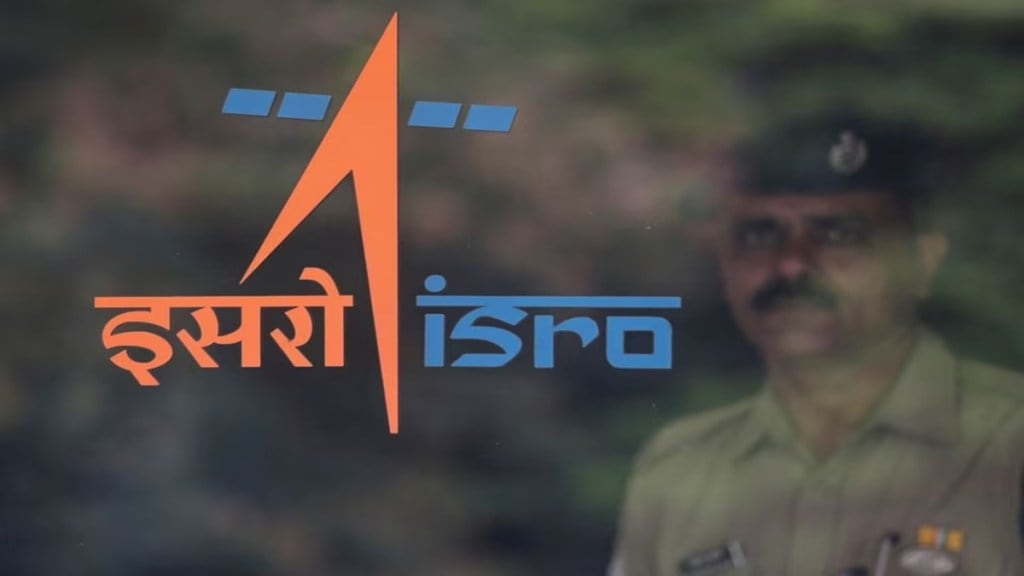The Indian Space Research Organisation (ISRO) announced on Saturday that the countdown for the launch of the INSAT-3DS meteorological satellite aboard a Geosynchronous Launch Vehicle (GSLV) rocket is proceeding smoothly. The primary mission objective is to ensure the continuity of services provided by the existing operational satellites INSAT-3D and INSAT-3DR. These services include enhanced meteorological observations, monitoring of land and ocean surfaces for weather forecasting, disaster warning, and Satellite-aided Research and Rescue Services.
Countdown begins at Satish Dhawan Space Centre
The 27.5-hour countdown for the launch began at 2:30 pm on Friday at the Satish Dhawan Space Centre. The launch is scheduled for later at 5:35 pm on Saturday from the second launch pad.
Launch Procedure and Satellite Deployment
The GSLV rocket, equipped with a cryogenic upper stage, is expected to separate the 2,274 kg INSAT satellite from the rocket approximately 20 minutes into the flight, placing it into the Geosynchronous Transfer Orbit. Following separation, scientists will execute a series of manoeuvres to position the satellite into the Geo-stationary orbit in the subsequent days.
Satellite Payloads and Data Collection
The 51.7-meter tall GSLV rocket will carry a range of payloads, including imager payloads, sounder payloads, data relay transponders, and Satellite-aided Search and Rescue transponders. These payloads will enable the study of cloud properties, fog, rainfall, snow cover, snow depth, fire, smoke, land, and ocean characteristics.
Beneficiaries of INSAT-3DS Data
Several departments of the Ministry of Earth Sciences, including the India Meteorological Department, National Centre for Medium Range Weather Forecasting, Indian Institute of Tropical Meteorology, National Institute of Ocean Technology, and Indian National Centre for Ocean Information Services, along with various agencies and institutes, will benefit from the data provided by INSAT-3DS. This data will lead to improved weather forecasts and meteorological services.
Expected Mission Lifespan
Sources indicate that the INSAT-3DS mission is expected to have a lifespan of around 10 years.
Saturday’s mission marks the second launch for ISRO in 2024, following the successful launch of PSLV-C58/EXPOSAT on January 1.
(With PTI Inputs)
